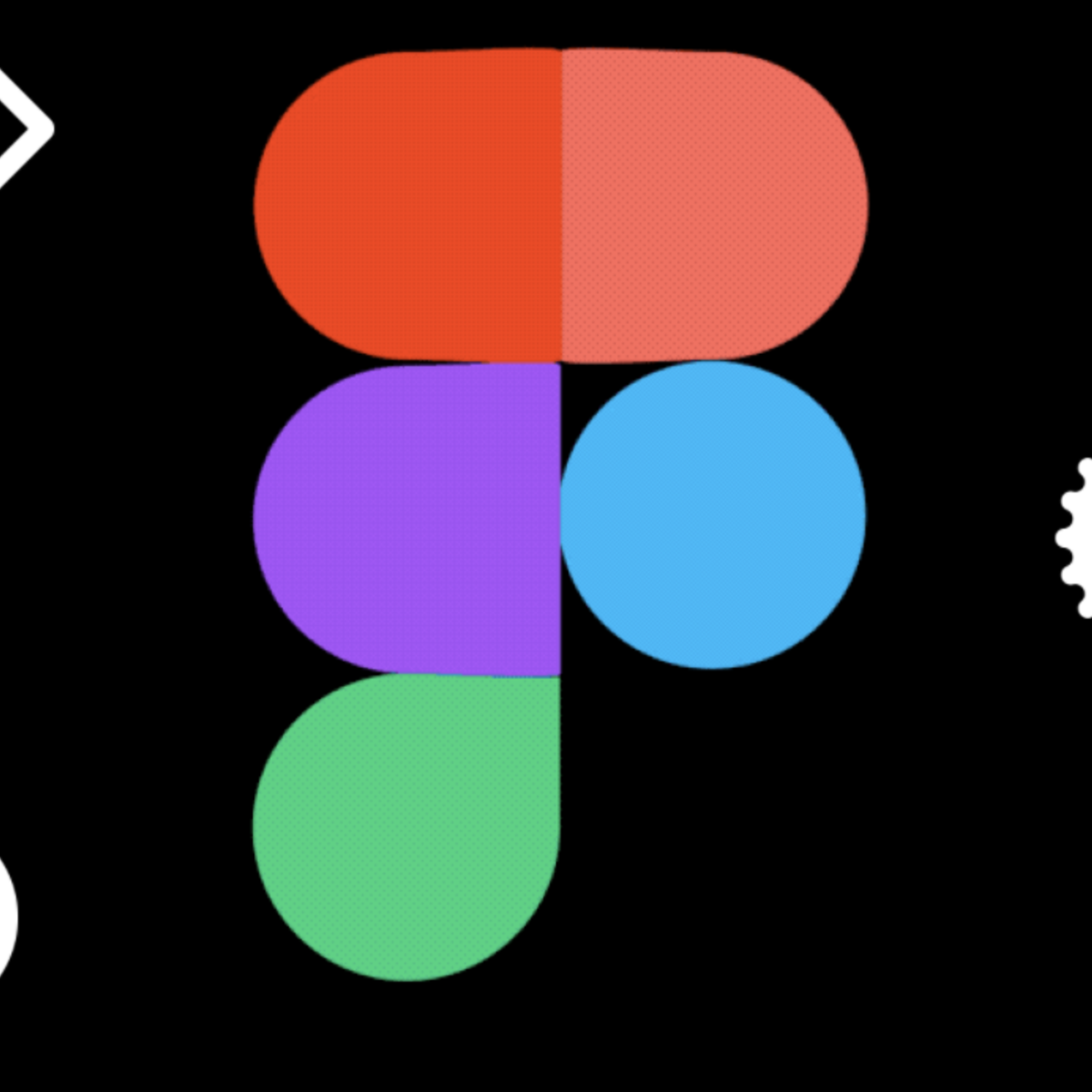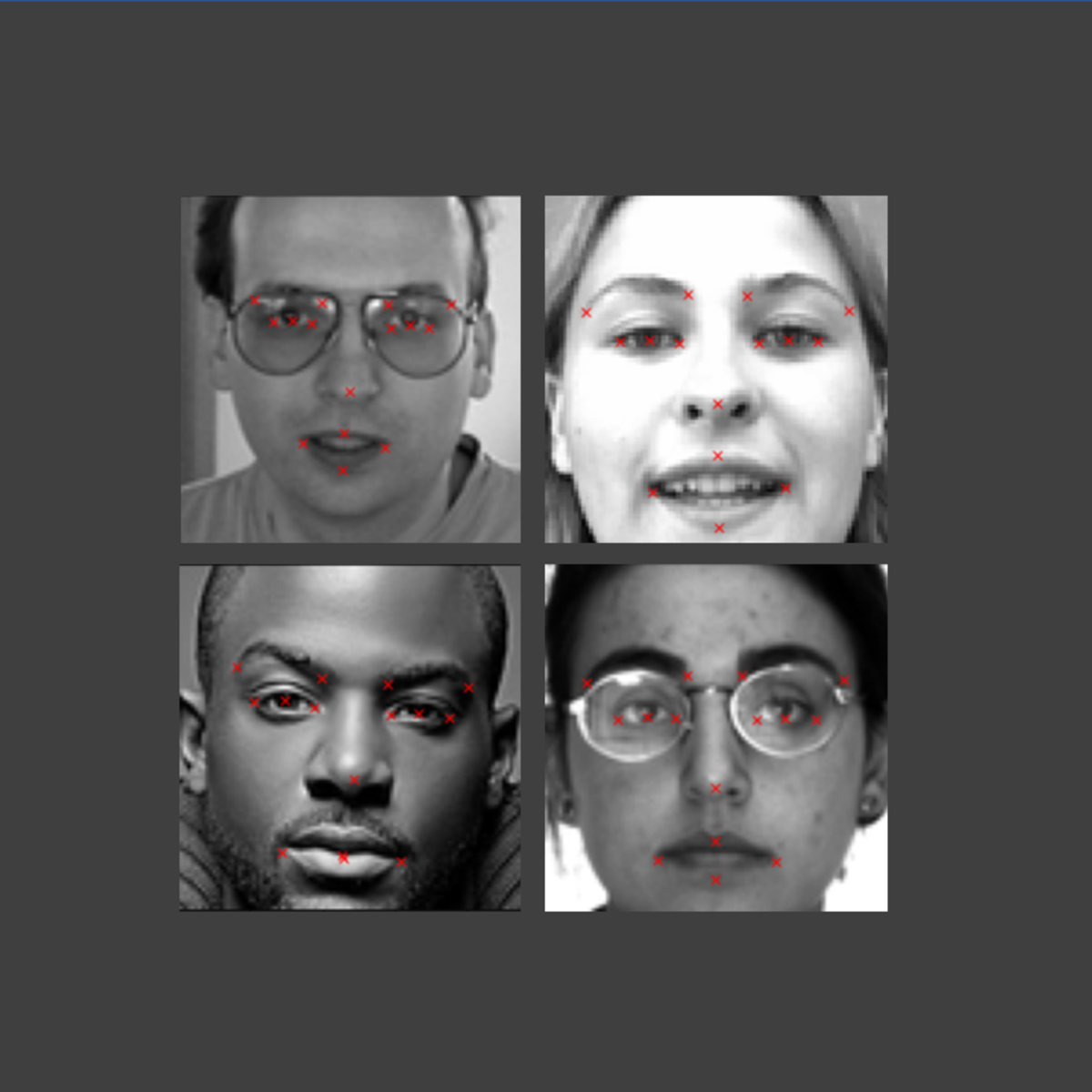Back to Courses









Computer Science Courses - Page 72
Showing results 711-720 of 2309

Computational Thinking for Problem Solving
Computational thinking is the process of approaching a problem in a systematic manner and creating and expressing a solution such that it can be carried out by a computer. But you don't need to be a computer scientist to think like a computer scientist! In fact, we encourage students from any field of study to take this course. Many quantitative and data-centric problems can be solved using computational thinking and an understanding of computational thinking will give you a foundation for solving problems that have real-world, social impact.
In this course, you will learn about the pillars of computational thinking, how computer scientists develop and analyze algorithms, and how solutions can be realized on a computer using the Python programming language. By the end of the course, you will be able to develop an algorithm and express it to the computer by writing a simple Python program.
This course will introduce you to people from diverse professions who use computational thinking to solve problems. You will engage with a unique community of analytical thinkers and be encouraged to consider how you can make a positive social impact through computational thinking.

Collect Metrics from Exporters using the Managed Service for Prometheus
This is a self-paced lab that takes place in the Google Cloud console. In this lab, you will explore using the Managed Service for Prometheus to collect metrics from other infrastructure sources via exporters.

Leverage Attention Management to Facilitate Meetings in Miro
By the end of this project, you will be able to leverage attention management tools to facilitate meetings and ensure focus on high-priority items.
To do this, you will gain hands-on experience utilizing attention management features and visualizing priorities in the Miro online visual collaboration platform for teamwork.
Note: This course works best for learners who are based in the North America region. We’re currently working on providing the same experience in other regions.

Use Type and Fonts in Adobe Illustrator
After completing this project, you will be able to create text in Adobe Illustrator. First, you will learn how to get set up with Adobe Illustrator and start your artboard. Then you will learn how to use the type tool in two different ways. You will also learn how to work with fonts for your text, how to change fonts, and how to upload new fonts. For uploading new fonts, you will learn two different options.
The aim of this project is to familiarize you with text and fonts in Adobe Illustrator. By the end of this project, you will have created several custom logos with creative text and font.

Machine Learning Rapid Prototyping with IBM Watson Studio
An emerging trend in AI is the availability of technologies in which automation is used to select a best-fit model, perform feature engineering and improve model performance via hyperparameter optimization. This automation will provide rapid-prototyping of models and allow the Data Scientist to focus their efforts on applying domain knowledge to fine-tune models. This course will take the learner through the creation of an end-to-end automated pipeline built by Watson Studio’s AutoAI experiment tool, explaining the underlying technology at work as developed by IBM Research. The focus will be on working with an auto-generated Python notebook. Learners will be provided with test data sets for two use cases.
This course is intended for practicing Data Scientists. While it showcases the automated AI capabilies of IBM Watson Studio with AutoAI, the course does not explain Machine Learning or Data Science concepts.
In order to be successful, you should have knowledge of:
Data Science workflow
Data Preprocessing
Feature Engineering
Machine Learning Algorithms
Hyperparameter Optimization
Evaluation measures for models
Python and scikit-learn library (including Pipeline class)
Agile Planning for Software Products
This course covers the techniques required to break down and map requirements into plans that will ultimately drive software production.
Upon successful completion of this course, you will be able to:
- Create effective plans for software development
- Map user requirements to developer tasks
- Assess and plan for project risks
- Apply velocity-driven planning techniques
- Generate work estimates for software products

Build an E-commerce Dashboard with Figma
This course runs on Coursera's hands-on project platform called Rhyme. On Rhyme, you do projects in a hands-on manner in your browser. You will get instant access to pre-configured cloud desktops containing all of the software and data you need for the project. Everything is already set up directly in your Internet browser so you can just focus on learning. For this project, you’ll get instant access to a cloud desktop with Figma pre-installed.
Prerequisites:
In order to be successful in this project, you should be familiar with how to use basic commands on a mac or a PC.
Notes:
- You will be able to access the cloud desktop 5 times. However, you will be able to access instructions videos as many times as you want.
- This course works best for learners who are based in the North America region. We’re currently working on providing the same experience in other regions.

Emotion AI: Facial Key-points Detection
In this 1-hour long project-based course, you will be able to:
- Understand the theory and intuition behind Deep Learning, Convolutional Neural Networks (CNNs) and Residual Neural Networks.
- Import Key libraries, dataset and visualize images.
- Perform data augmentation to increase the size of the dataset and improve model generalization capability.
- Build a deep learning model based on Convolutional Neural Network and Residual blocks using Keras with Tensorflow 2.0 as a backend.
- Compile and fit Deep Learning model to training data.
- Assess the performance of trained CNN and ensure its generalization using various KPIs.
- Improve network performance using regularization techniques such as dropout.

Computer Vision with Embedded Machine Learning
Computer vision (CV) is a fascinating field of study that attempts to automate the process of assigning meaning to digital images or videos. In other words, we are helping computers see and understand the world around us! A number of machine learning (ML) algorithms and techniques can be used to accomplish CV tasks, and as ML becomes faster and more efficient, we can deploy these techniques to embedded systems.
This course, offered by a partnership among Edge Impulse, OpenMV, Seeed Studio, and the TinyML Foundation, will give you an understanding of how deep learning with neural networks can be used to classify images and detect objects in images and videos. You will have the opportunity to deploy these machine learning models to embedded systems, which is known as embedded machine learning or TinyML.
Familiarity with the Python programming language and basic ML concepts (such as neural networks, training, inference, and evaluation) is advised to understand some topics as well as complete the projects. Some math (reading plots, arithmetic, algebra) is also required for quizzes and projects. If you have not done so already, taking the "Introduction to Embedded Machine Learning" course is recommended.
This course covers the concepts and vocabulary necessary to understand how convolutional neural networks (CNNs) operate, and it covers how to use them to classify images and detect objects. The hands-on projects will give you the opportunity to train your own CNNs and deploy them to a microcontroller and/or single board computer.

Mastering Programming with MATLAB
The course builds on the foundation laid by the first course of the Specialization called “Introduction to Programming with MATLAB.” It covers more advanced programming concepts such as recursion, vectorization, function handles, algorithm efficiency and others. At the same time, it presents many features that make MATLAB a powerful programming environment for engineering and scientific computing, such as its support for object oriented programming, the new user interface design environment and Live Scripts.
By the end of this course, you will be familiar with more advanced computer programming concepts, able to write more efficient code, and able to create object oriented MATLAB applications with graphical user interfaces.
